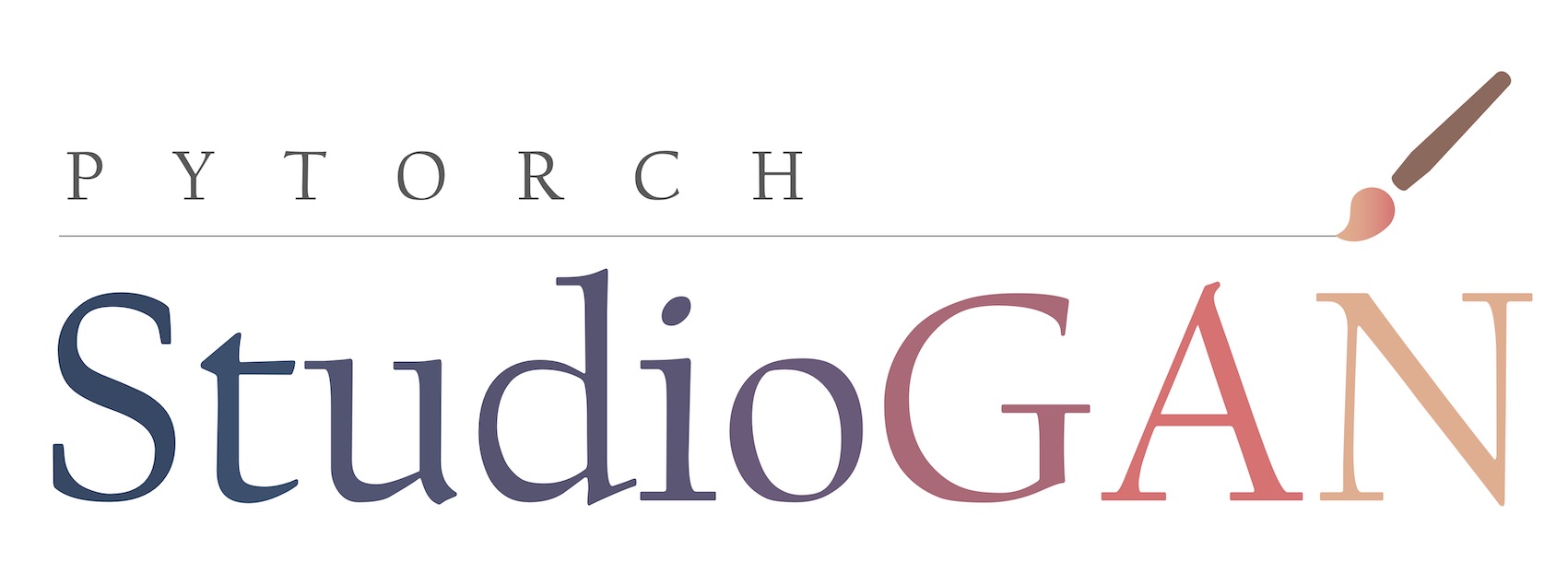D2C: Diffuison-Decoding Models for Few-shot Conditional Generation
PyTorch implementation of D2C: Diffuison-Decoding Models for Few-shot Conditional Generation.
Abhishek Sinha*, Jiaming Song*, Chenlin Meng, Stefano Ermon
Stanford University
Overview
Conditional generative models of high-dimensional images have many applications, but supervision signals from conditions to images can be expensive to acquire. This paper describes Diffusion-Decoding models with Contrastive representations (D2C), a paradigm for training unconditional variational autoencoders (VAEs) for few-shot conditional image generation. By learning from as few as 100 labeled examples, D2C can be used to generate images with a certain label or manipulate an existing image to contain a certain label. Compared with state-of-the-art StyleGAN2 methods, D2C is able to manipulate certain attributes efficiently while keeping the other details intact.
Here are some example for image manipulation. You can see more results here.
| Attribute | Original | D2C | StyleGAN2 | NVAE | DDIM |
|---|---|---|---|---|---|
| Blond |  |
 |
 |
 |
 |
| Red Lipstick |  |
 |
 |
 |
 |
| Beard |  |
 |
 |
 |
 |
Getting started
The code has been tested on PyTorch 1.9.1 (CUDA 10.2).
To use the checkpoints, download the checkpoints from this link, under the checkpoints/ directory.
# Requires gdown >= 4.2.0, install with pip
gdown https://drive.google.com/drive/u/1/folders/1DvApt-uO3uMRhFM3eIqPJH-HkiEZC1Ru -O ./ --folder
Examples
The main.py file provides some basic scripts to perform inference on the checkpoints.
We will release training code soon on a separate repo, as the GPU memory becomes a bottleneck if we train the model jointly.
Example to perform image manipulation:
- Red lipstick
python main.py ffhq_256 manipulation --d2c_path checkpoints/ffhq_256/model.ckpt --boundary_path checkpoints/ffhq_256/red_lipstick.ckpt --step 10 --image_dir images/red_lipstick --save_location results/red_lipstick
- Beard
python main.py ffhq_256 manipulation --d2c_path checkpoints/ffhq_256/model.ckpt --boundary_path checkpoints/ffhq_256/beard.ckpt --step 20 --image_dir images/beard --save_location results/beard
- Blond
python main.py ffhq_256 manipulation --d2c_path checkpoints/ffhq_256/model.ckpt --boundary_path checkpoints/ffhq_256/blond.ckpt --step -15 --image_dir images/blond --save_location results/blond
Example to perform unconditional image generation:
python main.py ffhq_256 sample_uncond --d2c_path checkpoints/ffhq_256/model.ckpt --skip 100 --save_location results/uncond_samples
Extensions
We implement a D2C class here that contains an autoencoder and a diffusion latent model. See code structure here.
Useful functions include: image_to_latent, latent_to_image, sample_latent, manipulate_latent, postprocess_latent, which are also called in main.py.
Todo
- Release checkpoints and models for other datasets.
- Release code for conditional generation.
- Release training code and procedure to convert into inference model.
- Train on higher resolution images.
References and Acknowledgements
If you find this repository useful for your research, please cite our work.
@inproceedings{sinha2021d2c,
title={D2C: Diffusion-Denoising Models for Few-shot Conditional Generation},
author={Sinha*, Abhishek and Song*, Jiaming and Meng, Chenlin and Ermon, Stefano},
year={2021},
month={December},
abbr={NeurIPS 2021},
url={https://arxiv.org/abs/2106.06819},
booktitle={Neural Information Processing Systems},
html={https://d2c-model.github.io}
}
This implementation is based on:






